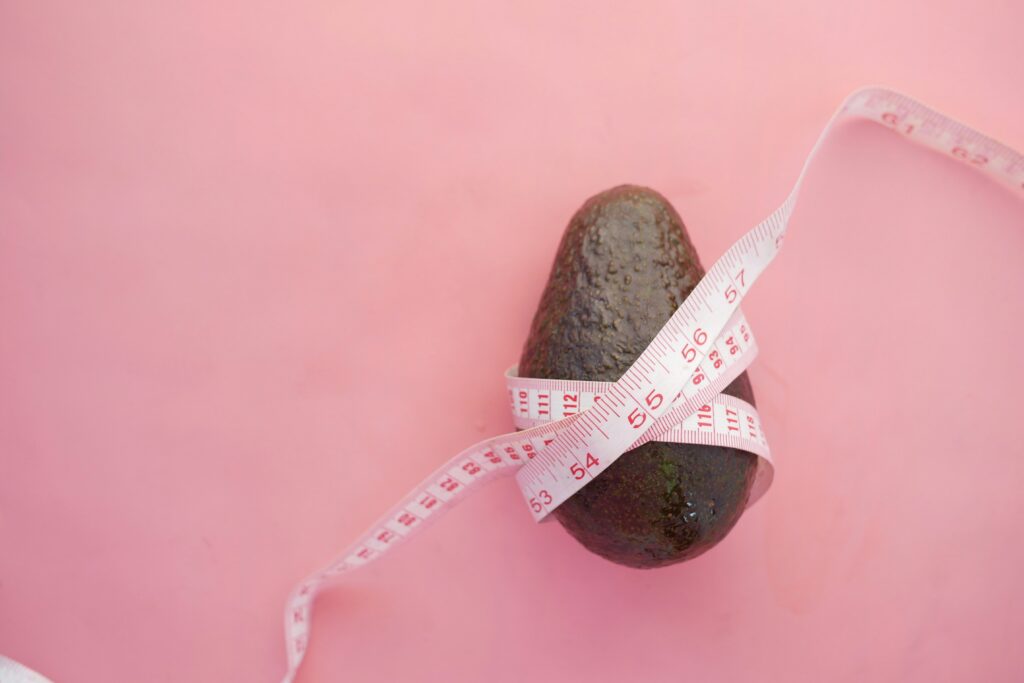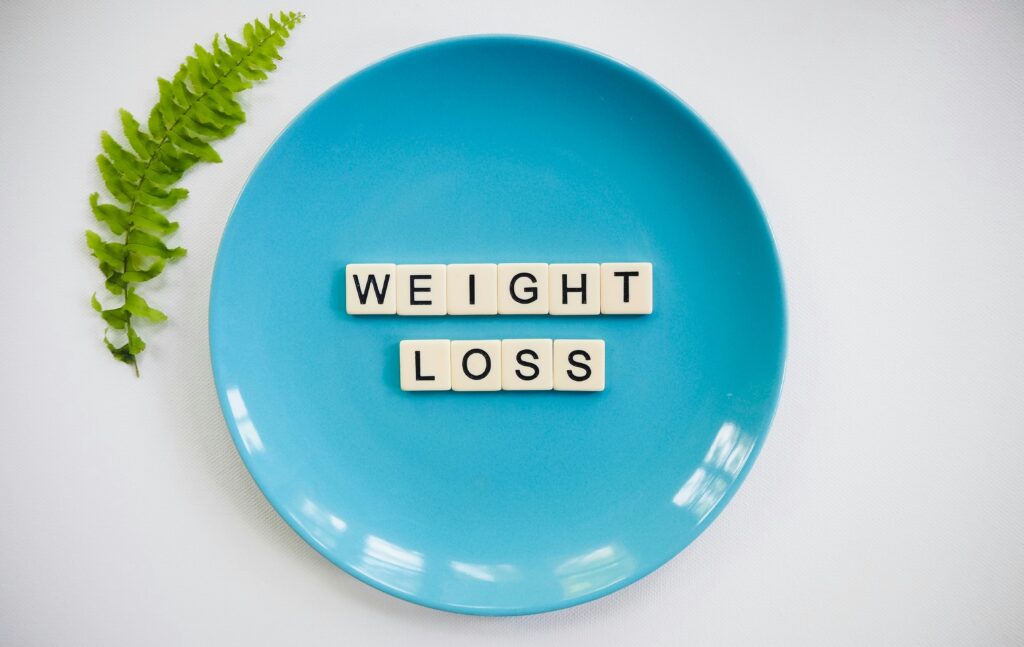Embarking on a weight loss journey can be an exciting and empowering experience, especially if you set realistic goals for yourself. In “How Much Weight Can I Lose in a Month: Realistic Goals and Tips,” you’ll discover practical strategies and healthy habits to guide you toward your ideal weight. This article provides you with expert advice on setting achievable targets, understanding your body’s potential, and creating a sustainable action plan. By the end, you’ll feel motivated and well-informed, ready to embrace a healthier lifestyle one step at a time.
How Much Weight Can I Lose in a Month: Realistic Goals and Tips
Have you ever wondered, “How much weight can I lose in a month?” It’s a common question among those embarking on a weight loss journey. Setting realistic goals and understanding the factors that affect weight loss can help you make a sustainable plan and achieve success.

Understanding Weight Loss
Before we dive into specifics, it’s important to understand the basic principles behind weight loss. Simply put, weight loss occurs when you burn more calories than you consume. This is often termed a caloric deficit. But weight loss is not just about calories; it’s a combination of diet, exercise, metabolism, and other lifestyle factors.
The Caloric Deficit
The caloric deficit is the cornerstone of weight loss. Each pound of body weight is roughly equivalent to 3,500 calories. Therefore, to lose one pound, you need to create a deficit of 3,500 calories.
| Weight Loss Goal | Required Caloric Deficit per Month | Caloric Deficit per Day |
|---|---|---|
| 1 pound | 3,500 calories | 117 calories |
| 2 pounds | 7,000 calories | 233 calories |
| 4 pounds | 14,000 calories | 467 calories |
| 8 pounds | 28,000 calories | 933 calories |
Factors Influencing Weight Loss
Weight loss is not a one-size-fits-all process. Several factors can influence how much weight you can lose in a month. Understanding these factors can help set realistic expectations and tailor your weight loss journey:
Metabolism
Your metabolic rate is how efficiently your body converts food into energy. A higher metabolism means you burn calories faster. Several factors influence your metabolism, including age, sex, muscle mass, and genetics.
Diet
What you eat plays a crucial role in weight loss. A balanced diet rich in nutrients can promote sustainable weight loss, whereas fad diets might lead to quick results but are not always sustainable or healthy in the long run.
Exercise
Regular physical activity increases the number of calories you burn. Both aerobic exercises (like walking, running, swimming) and strength training (like weight lifting) are effective for weight loss.
Lifestyle
Lifestyle factors also impact weight loss. Sleep quality, stress levels, hydration, and consistency all play roles in how effectively you can lose weight.
Setting Realistic Goals
When it comes to weight loss, setting realistic and achievable goals is essential. Unrealistic goals can lead to disappointment and may even be harmful to your health. Here’s how you can set realistic weight loss targets:
Short-term vs. Long-term Goals
Short-term goals might focus on losing 1-2 pounds per week, while long-term goals could be about overall lifestyle changes and maintaining a healthy weight.
SMART Goals
Setting SMART (Specific, Measurable, Achievable, Relevant, Time-bound) goals can help you stay on track.
- Specific: Define exactly what you want to achieve.
- Measurable: Track your progress.
- Achievable: Set realistic and attainable goals.
- Relevant: Ensure your goals align with your broader health objectives.
- Time-bound: Give yourself a timeline to achieve these goals.
Example of SMART Goals
Instead of saying, “I want to lose weight,” try saying, “I aim to lose 5 pounds in one month by exercising for 30 minutes, five times a week, and reducing my calorie intake by 500 calories per day.”
Creating an Effective Weight Loss Plan
An effective weight-loss plan is one that you can stick with in the long run. Here is a step-by-step guide to creating your personalized weight loss plan:
Step 1: Assess Your Starting Point
Before jumping into a weight loss plan, assess your starting point. This includes your current weight, Body Mass Index (BMI), and any medical conditions that might affect your weight loss journey.
Step 2: Set Your Goals
Based on your assessment, set your short-term and long-term goals using the SMART criteria.
Step 3: Plan Your Meals
Plan balanced meals that include a mix of proteins, carbohydrates, and healthy fats. Focus on whole foods and avoid highly processed items. Monitor your caloric intake based on your set goals.
Example Meal Plan
| Meal | Food Item | Calories |
|---|---|---|
| Breakfast | Oatmeal with fruits and nuts | 300 |
| Snack | Greek yogurt | 100 |
| Lunch | Grilled chicken salad with olive oil dressing | 400 |
| Snack | Apple slices with almond butter | 150 |
| Dinner | Baked salmon with quinoa and steamed vegetables | 450 |
| Total | 1,400 |
Step 4: Incorporate Exercise
Include both cardio and strength training exercises. Find activities you enjoy so that you’re more likely to stick with them.
Example Exercise Plan
| Day | Activity | Duration |
|---|---|---|
| Monday | Running | 30 mins |
| Tuesday | Strength training | 45 mins |
| Wednesday | Swimming | 30 mins |
| Thursday | Yoga | 45 mins |
| Friday | High-Intensity Interval Training (HIIT) | 20 mins |
| Saturday | Hiking | 60 mins |
| Sunday | Rest/Active Recovery (light stretching) | 20 mins |
Step 5: Monitor Your Progress
Regularly track your weight, measure your physical fitness improvements, and log your meals and exercise. Adjust your plan as needed based on your progress.

Additional Tips for Success
Stay Hydrated
Water helps in digestion and keeps you feeling full longer. Aim to drink at least 8 glasses of water a day.
Get Enough Sleep
Quality sleep is vital for weight loss. Aim for 7-9 hours per night. Poor sleep can disrupt your metabolism and hunger hormones.
Manage Stress
Chronic stress can lead to weight gain or hinder weight loss. Practice stress management techniques such as meditation, deep breathing exercises, or engaging in hobbies.
Seek Support
If possible, join a support group or engage a trained professional like a dietitian, nutritionist, or personal trainer. Having a support system can keep you motivated and accountable.
Celebrate Small Wins
Every milestone is a step towards your ultimate goal. Celebrate your progress, no matter how small. It keeps you motivated.
Common Pitfalls and How to Avoid Them
Every weight loss journey has its challenges. Here are some common pitfalls and how to avoid them:
Unrealistic Expectations
Set achievable goals. Aim for a steady rate of 1-2 pounds per week.
Skipped Meals
Skipping meals can lead to overeating later. Eat balanced, regular meals to maintain energy and avoid binges.
Lack of Variety
Eating the same foods can lead to boredom and craving high-calorie alternatives. Mix it up with different recipes and food items.

Conclusion
Weight loss is a personal and gradual journey. By setting realistic goals, understanding the factors that influence weight loss, and creating a well-rounded plan, you can achieve your desired results. Remember that consistency, patience, and a balanced approach are key. Now that you have the knowledge, are you ready to embark on your weight loss journey? Good luck!
Feel free to revisit this guide whenever you need some inspiration or a reality check. You’ve got this!

